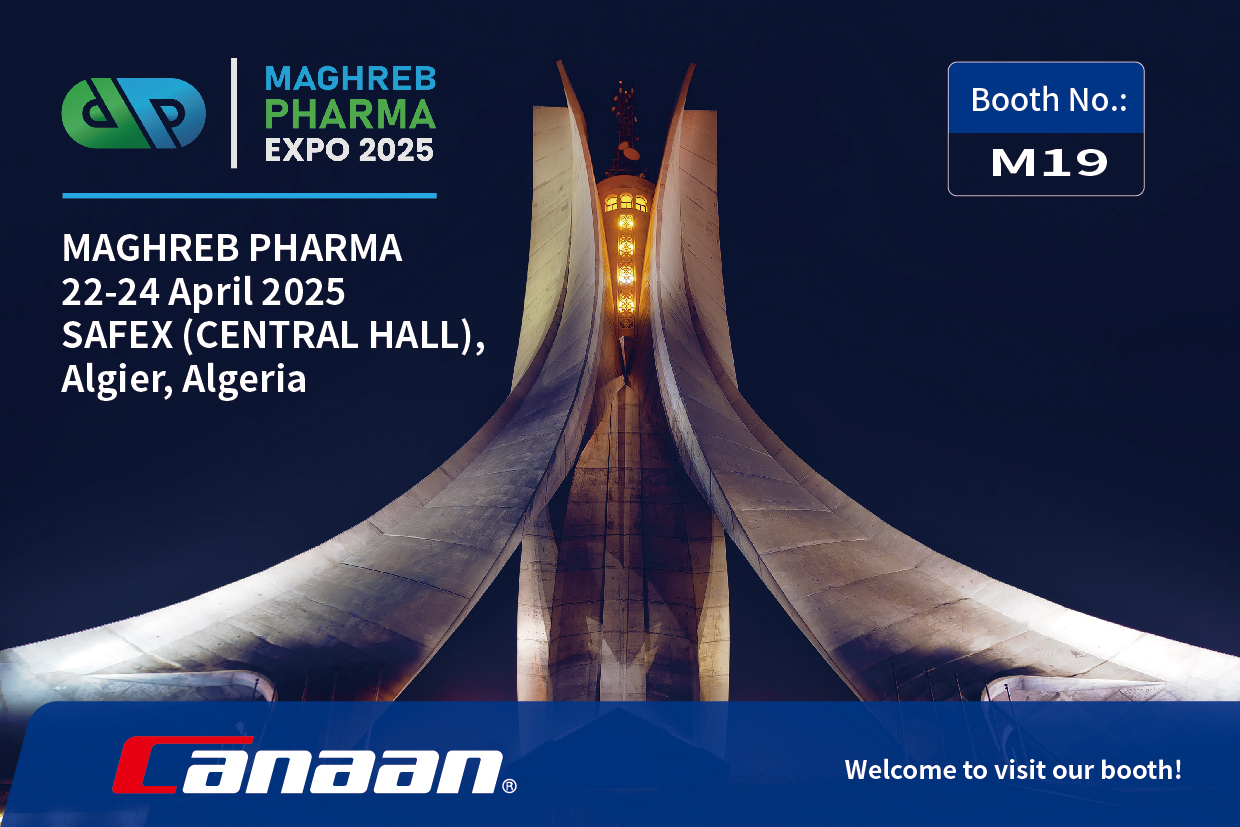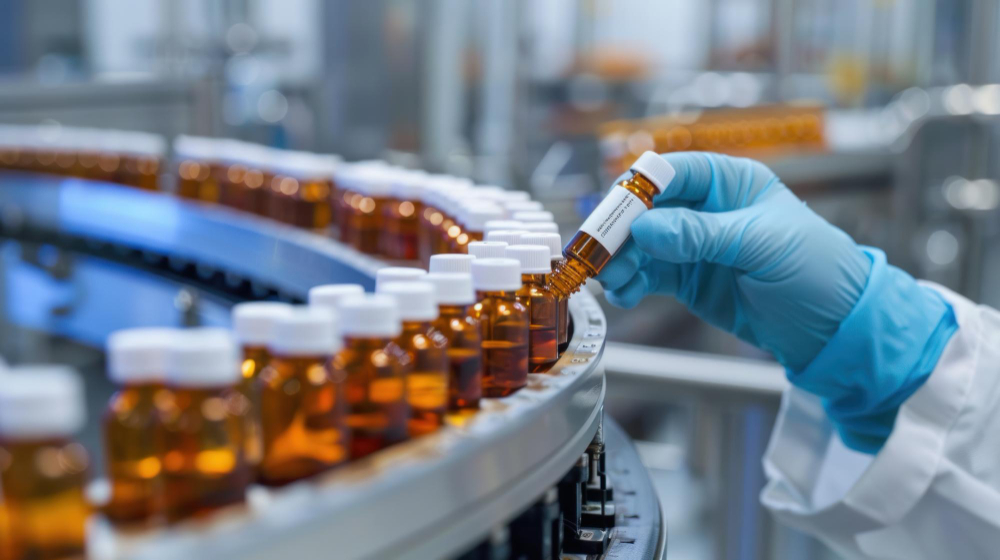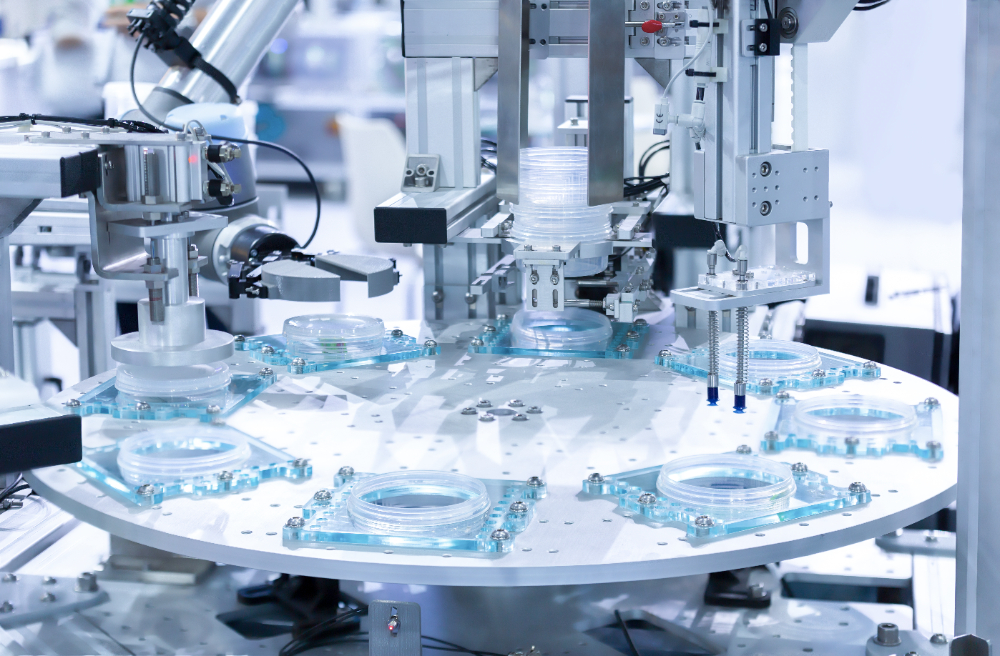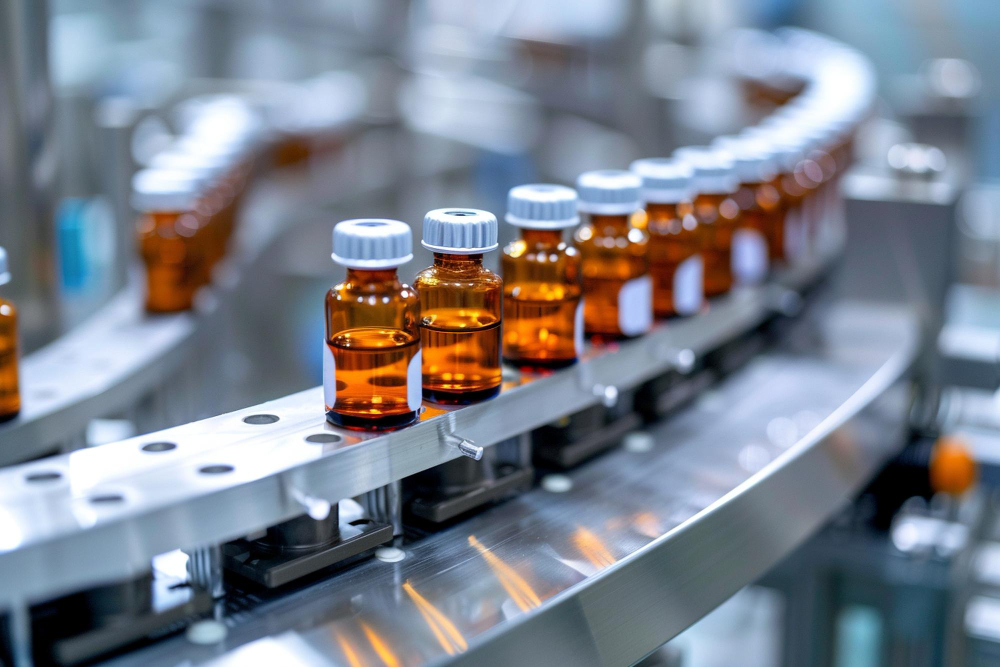
Granulation is a critical process in the pharmaceutical industry, ensuring powders are transformed into granules to improve flowability and compressibility and ensure uniform dosage forms.
The two main methods for granulation are wet granulation and dry granulation. Understanding the differences between these two methods is key to selecting the most suitable one for manufacturing.

What is wet granulation? Wet granulation is the most commonly used method for producing granules, especially in the pharmaceutical industry. It involves adding a liquid binder to powder particles to promote adhesion, allowing them to form more uniform granules. The binder solution can be water or a solvent such as ethanol or isopropanol, depending on the material’s sensitivity to moisture.

In this process, a stream of air fluidizes the powder particles while a liquid binder is sprayed into the fluidized bed. The particles bond as they are agitated in the air stream, and drying occurs within the same system, making it highly efficient for large-scale production.

The intense agitation from the mixer blades forms granules quickly, which are then dried and milled to the required size. This method is ideal for producing dense granules and is commonly used when the product requires a more robust formulation.

What is dry granulation? Dry granulation is a moisture-free granulation process, making it ideal for moisture-sensitive or heat-sensitive materials. This method uses mechanical forces to compress the powder into large, solid pieces called slugs or sheets, which are then milled into smaller granules.
Dry granulation is often favored in situations where the formulation’s active ingredients cannot withstand moisture or heat exposure, and it offers a simpler, more energy-efficient alternative to wet granulation.
Roller compaction is ideal for materials that do not need moisture for binding, providing a uniform and consistent particle size distribution.
The most significant difference between wet and dry granulation is the use of liquid binders. Wet granulation requires the addition of a liquid solution to promote particle adhesion, while dry granulation uses mechanical forces like compression to achieve the same effect without the need for any liquid.
Wet granulation is typically used for materials that benefit from enhanced compressibility, especially those that are difficult to bind or have poor flow characteristics. It is also more effective for formulations with low-dose APIs that require precise distribution within the granules. On the other hand, dry granulation is ideal for materials that are sensitive to moisture or heat, where the addition of liquids could compromise the stability of the product.
Wet granulation involves additional steps such as mixing, drying, and milling, which can make it more labor-intensive and time-consuming compared to dry granulation. Dry granulation, in contrast, skips the drying phase, simplifying the process and making it faster and more efficient, especially in smaller production runs. However, roller compactors used in dry granulation require specialized equipment to apply the necessary pressure for compaction.
Wet granulation typically requires fluid bed granulators, high-shear mixers, or other equipment capable of both granulating and drying. Dry granulation, particularly when using roller compactors, involves fewer pieces of equipment but requires precise control of pressure and feed rates to ensure proper granule formation.
| Aspect | Wet Granulation | Dry Granulation |
| Use of Liquids | Requires a liquid binder (e.g., water, ethanol) | No liquid binder; uses mechanical pressure |
| Application | Used for powders with poor flowability and compressibility | Ideal for heat/moisture sensitive materials |
| Process Complexity | More complex with additional steps like drying | Simpler process, no drying step is required |
| Equipment | Requires equipment like fluid bed granulators, high-shear mixers | Uses equipment like roller compactors |
| Suitability for Heat/Moisture Sensitive Materials | Not suitable for heat/moisture-sensitive materials | Best suited for heat and moisture-sensitive materials |
Choosing between wet and dry granulation depends on several factors, including the characteristics of the material being processed, the desired properties of the final product, and the available manufacturing resources. Each method offers distinct advantages that make it suitable for specific types of formulations:
Whether using a roller compactor for dry granulation or a fluid bed granulator for wet granulation, both methods play a crucial role in the production of high-quality pharmaceutical products.
Contact us today to learn more about how our roller compactor solutions and granulation expertise can enhance your manufacturing process.




Manufacturing pharmaceutical products should always be taken seriously. That is, every process must follow the strictest and highest standards. This is the very reason why manufacturers prefer hiring an EPC contractor. Contractors working under EPC contracts will ensure the outcomes are of the best quality no matter what happens, focusing on the construction of the […]

Explore the importance of EPC contracts in pharmaceutical manufacturing. Learn how EPC works, its benefits, and why choosing an EPC contractor can guarantee project success with Canaan’s industry-leading equipment.

Discover how SCADA and PLC improve automation in the pharmaceutical industry. Learn their roles, benefits, and how Canaan’s advanced technology enhances efficiency and safety.